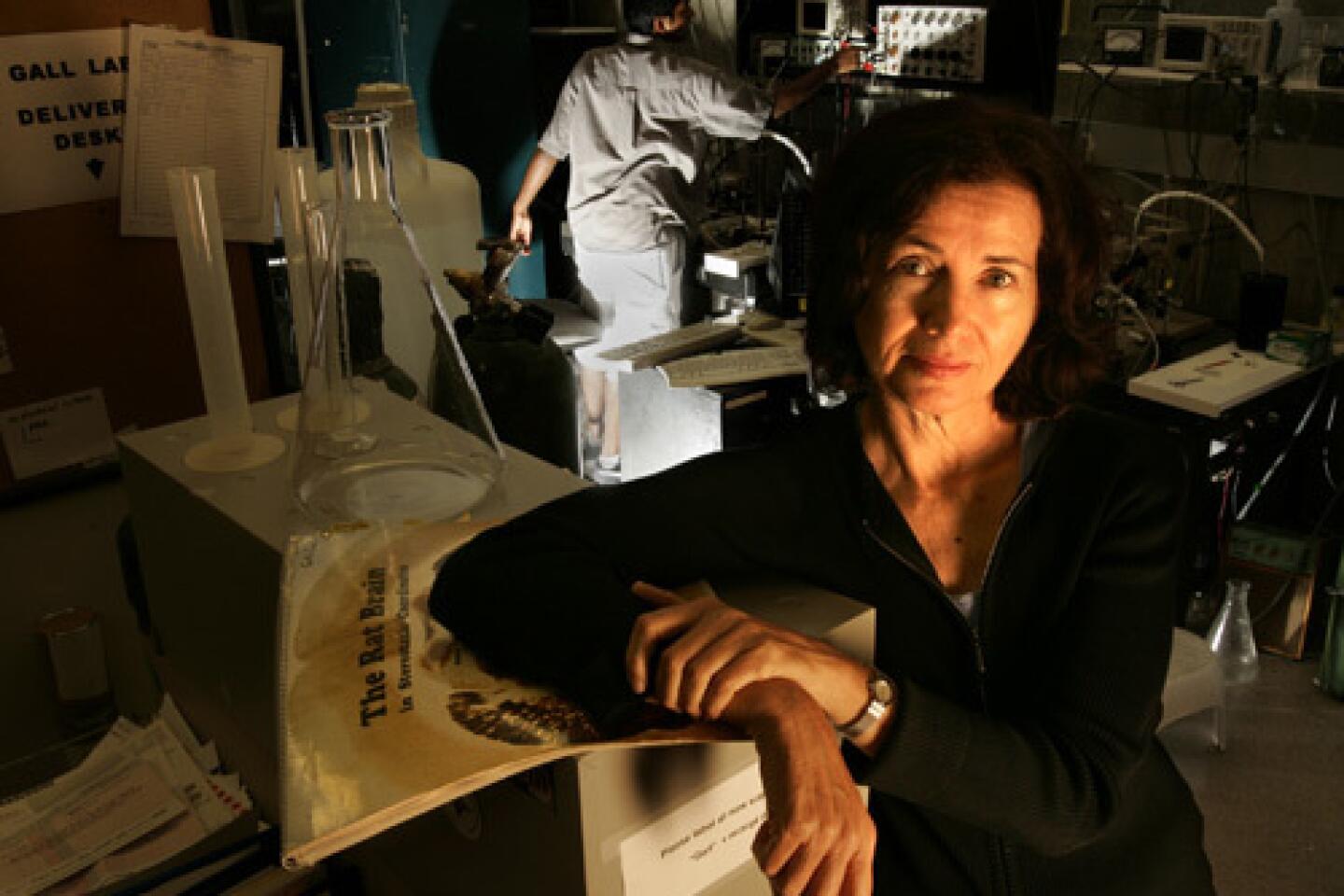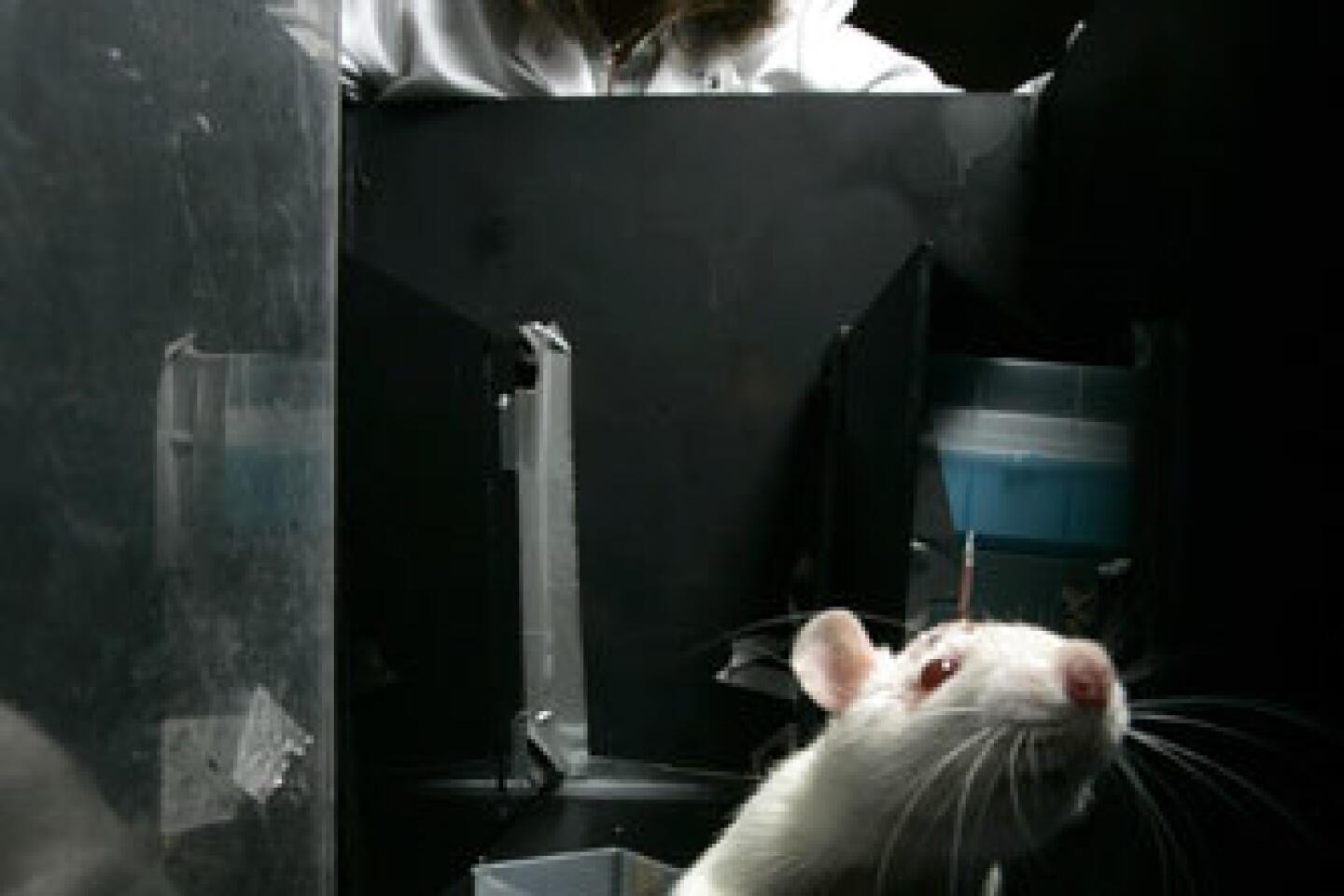Memory: a glossary of terms
Actin: A protein that forms a critical part of the interior scaffolds that give cells their external shape. Think of the internal tubing that supports a tent. From the outside, you see only the tent’s fabric, but its shape is determined by the interior scaffold. Actin changes form slightly and is said to be polymerized once it has formed the scaffold.
Ampakine: A class of drugs designed to enhance communication between brain cells. The drugs, still in development, will enhance almost all cognitive activities if they work as envisioned.
Cerebral cortex: The “gray matter” of the mammalian brain; the topmost part of the human brain wherein complex functions such as memory, learning and thinking are located.
Dendrite: A fiber that extends in bunches from a neuron. Dendrites receive signals from another sort of fiber called an axon. Dendrites and axons meet at the synapse.
Genes: Strings of DNA that form a blueprint from which the organism is built. Each gene contains instructions for building a particular protein.
Hippocampus: A structure near the center of the brain in mammals, including humans, that is involved in memory, learning, timing and spatial awareness, among other functions.
LTP, or long-term
potentiation: The strengthening of connections between brain cells that occurs when they communicate, making subsequent communication more efficient. The communication consists of electrochemical exchanges between two neurons at the synapse, which is where they meet.
Neuron: The most common type of cell in the brain (numbering in the hundreds of millions); LTP occurs between two neurons.
Neurotransmitter: Molecules that are released from an axon across the synapse to a dendrite’s receptor. Specific neurotransmitters pair with specific receptors.
Protein: Molecules that perform most of the work within cells. Each protein’s composition, and thus function, is dictated by a gene.
Receptor: A molecule on the surface of a cell that acts as a sort of docking station for other molecules, including neurotransmitters.
Synapse: The point where two neurons communicate in the brain. It is actually not a structure but a gap of about 20 nanometers (20 billionths of a meter) across which one neuron sends chemical signals that are received by the other. The chemicals set off cascades of events inside the receiving neuron. There are estimated to be from 100 trillion to 10 quadrillion synapses in a human brain, allowing for immense memory capacity.
More to Read
Start your day right
Sign up for Essential California for news, features and recommendations from the L.A. Times and beyond in your inbox six days a week.
You may occasionally receive promotional content from the Los Angeles Times.











